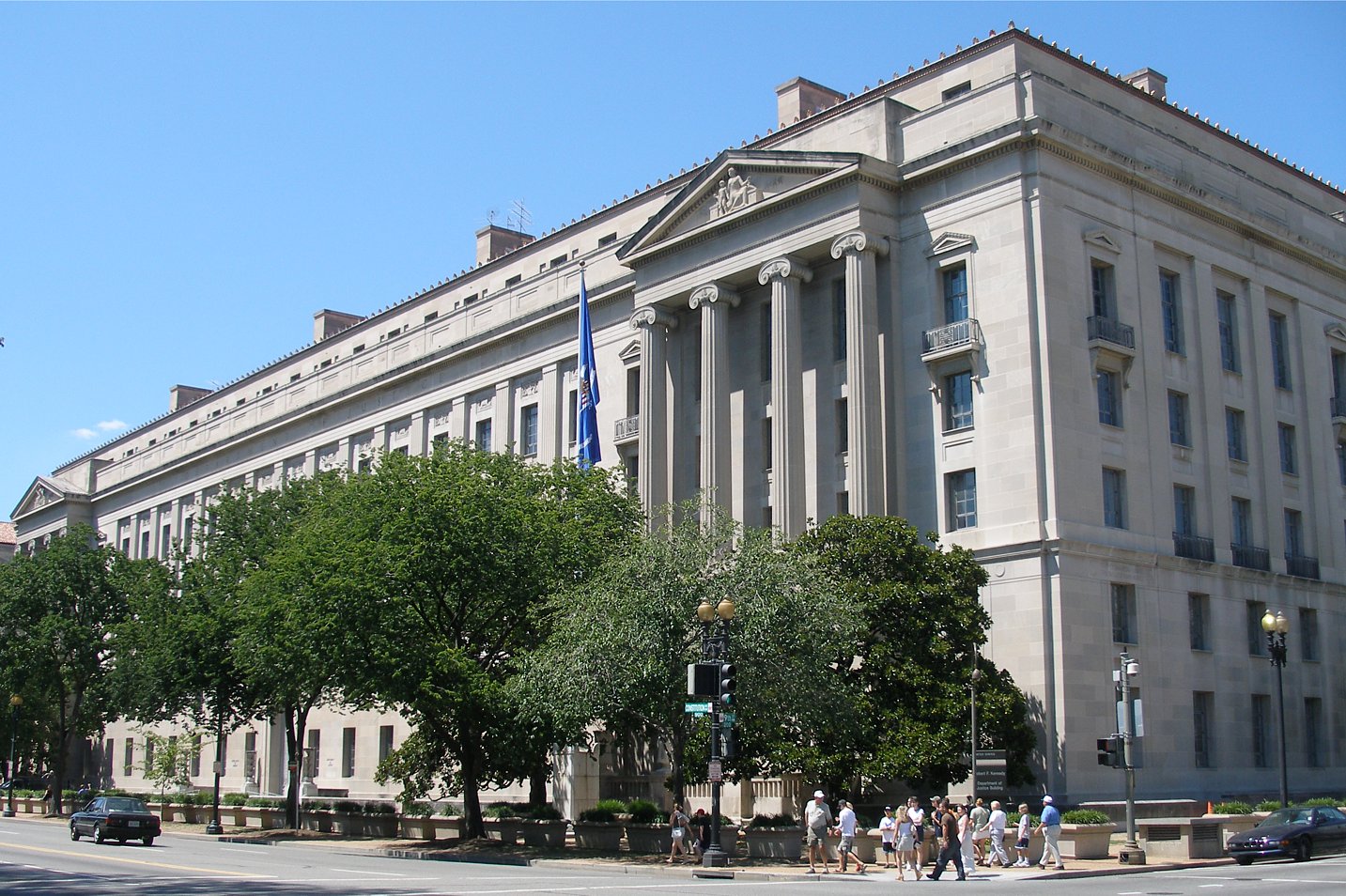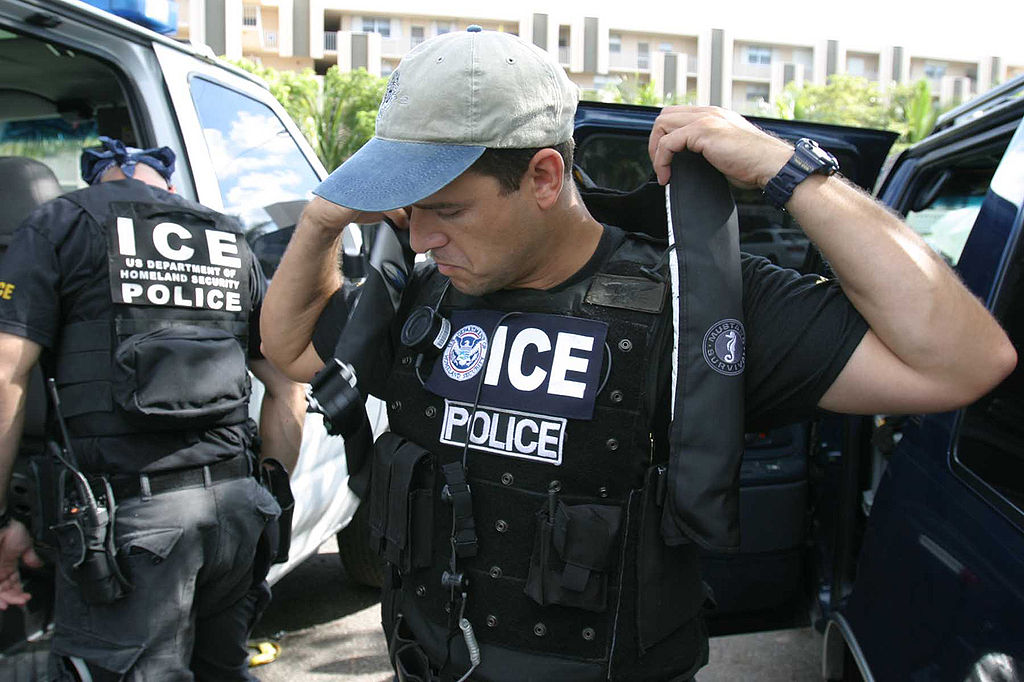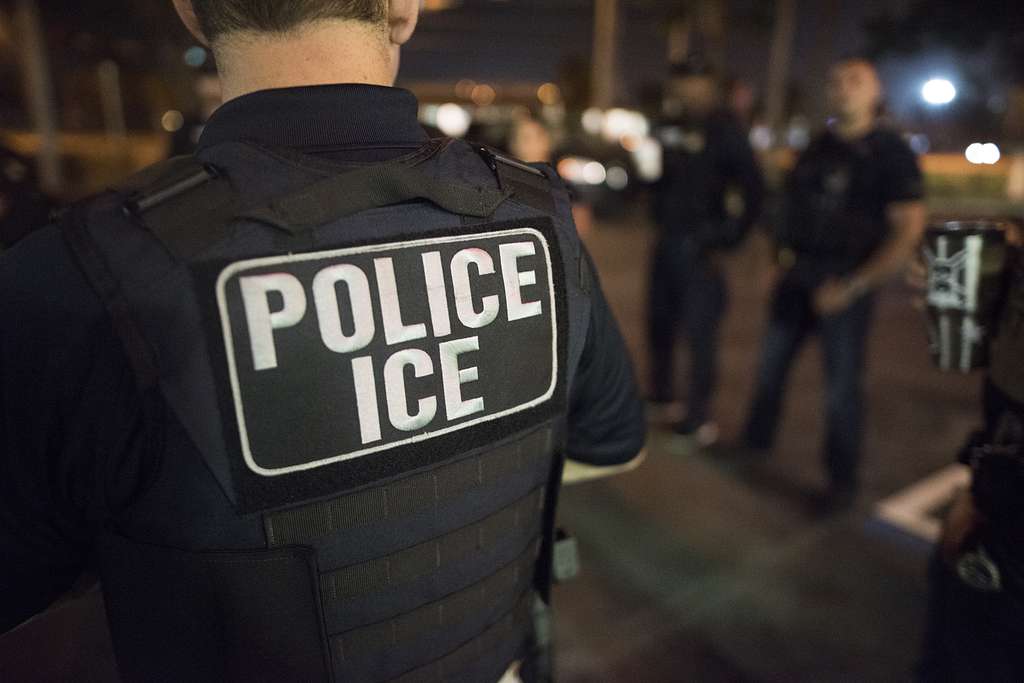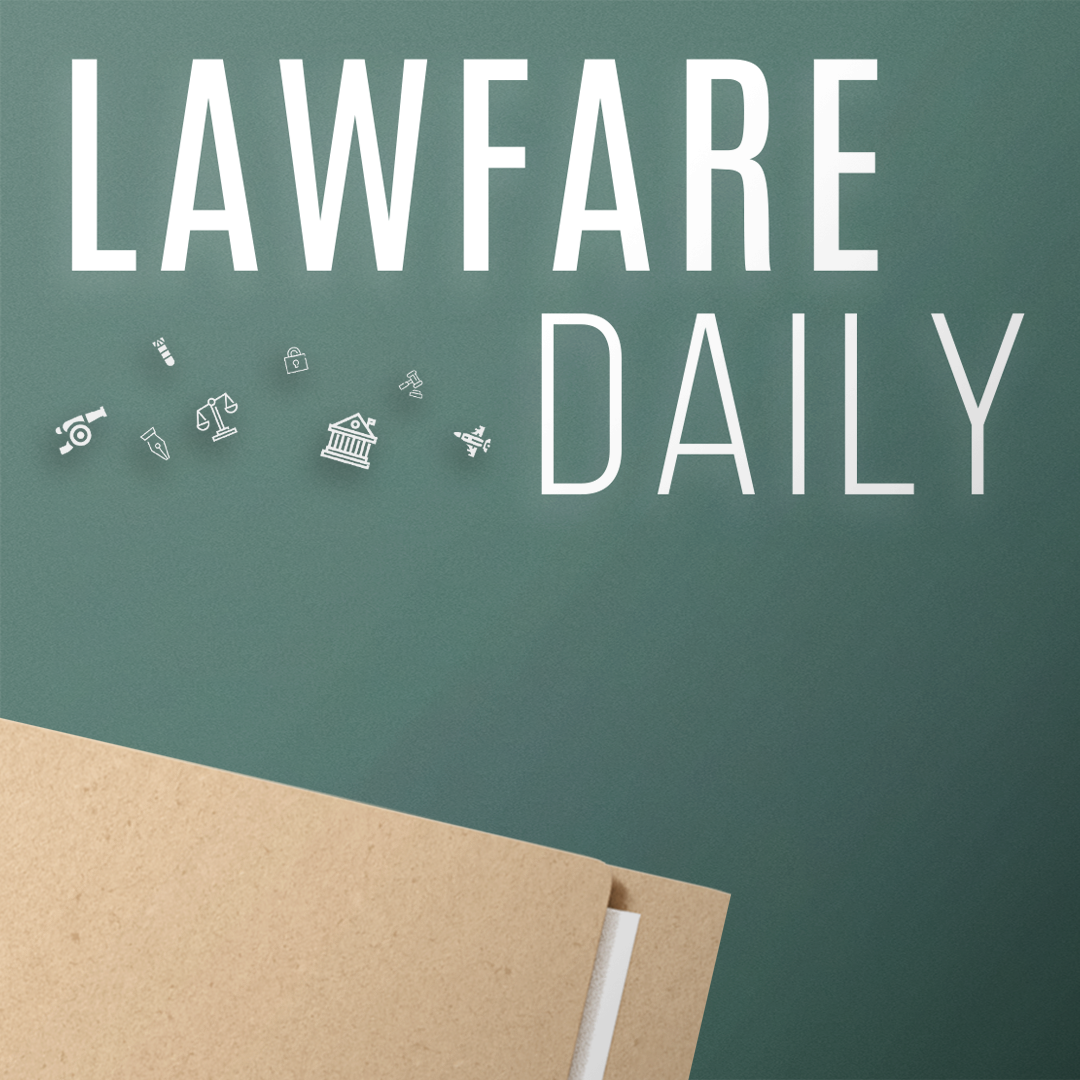The Grand Jury Strikes Back

Published by The Lawfare Institute
in Cooperation With

Recently, the Department of Justice has been striking out in a surprising field: grand juries. In D.C., the government has tried—and failed—on at least six separate occasions to secure grand jury felony indictments. First, a grand jury rejected (three times) a proposed indictment of a protester for alleged assault of a federal officer. Next, a grand jury refused an indictment of the D.C. “sandwich thrower” for a felony assault on an officer. Separately, a grand jury balked at indicting a woman accused of posting threats to President Trump online; and finally, a grand jury declined to indict a man who described himself to police as drunk and intellectually disabled, and who allegedly threatened harm to President Trump while in custody. These rejections follow failed efforts by federal prosecutors in California to secure indictments related to immigration protests in Los Angeles.
In our experiences as a prosecutor and a public defender, this is unprecedented. Grand juries are used to determine if there is sufficient probable cause to formally charge a person with a crime; as such, the bar for returning an indictment is low. Indeed, it is nearly unheard of for a grand jury to fail even once to return an indictment (known as a “no true bill”), much less on three separate occasions. These actions upend the contemporary view of grand juries held by both prosecutors and defense attorneys, and raise the interesting possibility that—after a long period of being used primarily as an investigative tool by the government—the grand jury is returning to its roots as a “bulwark” against government overreach.
News reports indicate that, in response to these no true bills, high-ranking Justice Department officials have instructed prosecutors to “simply impanel new grand juries” if indictments are refused. Not only do such instructions directly contravene the Justice Manual, continuing to re-present charges until some grand jury panel eventually agrees to return an indictment also nullifies the intent behind the Fifth Amendment’s requirement of grand juries. What’s more, the Trump administration’s stated desire to use federal law enforcement officials for street-level crimes, combined with a maximalist approach to charging that appears to conflict with long-established Justice Department policy, means that the U.S. is likely to see more such no true bills in the future. This could have important implications—not only for prosecutions of protesters but also for targets of the administration’s avowed campaign of political retribution.
1 in 10,000: The Striking Nature of the Grand Juries’ Actions
The no true bills on both coasts represent a striking and relatively novel action by the grand jury. In our experience, it is extraordinarily rare for a grand jury to reject an indictment. Both sides in criminal cases generally treat the grand jury as part of an evidence-gathering process that can make a difference at trial rather than an independent decision-maker. Contemporary prosecutors tend to view grand juries primarily as an investigative tool, which allows the government to obtain evidence via subpoena and compel testimony from witnesses to build its case. For the defense, grand jury proceedings can yield prior witness statements helpful in implementing trial strategy and cross-examining witnesses, and, in rare instances, they can be a basis for dismissal or limiting the prosecution’s case to the theory approved by the grand jury. But once a federal prosecutor has decided to pursue an indictment, there is usually little suspense surrounding the outcome of the government’s presentation to the grand jury.
There are multiple reasons modern federal grand juries indict essentially every case presented to them. First, grand juries have a much lower standard of proof; unlike a trial (or “petit”) jury, which must find guilt beyond a reasonable doubt, the evidence presented to grand juries must only meet the much lower probable cause standard. Second, unlike trial juries—which must be unanimous—grand juries can indict by a simple majority vote. Third, grand juries can hear evidence trial juries cannot, including hearsay. Finally, unlike trials, which are public and adversarial, grand jury presentations are secret and one-sided: The defendant cannot cross-examine witnesses. In fact, by law no one may be present except the government during the presentation of information to the grand jury.
While there isn’t available data on how many no true bills occurred in 2024, there is data available for 2010. In that year, only 11 of 162,000 proposed federal indictments were refused by grand juries. We have no reason to believe that the annual number of no true bills has increased markedly since that time; indeed, in our experiences as a prosecutor and a defense attorney, it was unheard of for a federal grand jury to fail to return an indictment. This precedent informs the conventional wisdom that a grand jury can “indict a ham sandwich” (in this case, the sandwich thrower appears to have used salami).
Overcharging and the Gatekeeping Role of the Grand Jury
Although the grand jury’s modern function has been largely investigative, this wasn’t always the case. Like the civil and criminal trial juries, the grand jury played an important role in founding-era grievances against the British monarchy. In 1734, the Crown failed to obtain a grand jury indictment of John Peter Zenger for publishing an editorial critical of the governor; the attempt to prosecute by information (a “highly unpopular” procedural maneuver) resulted in an acquittal. Similarly, grand jurors refused to indict leaders of the Stamp Act protests in 1765, and rejected efforts to indict the editors of the Boston Gazette in 1765. The grand jury was seen as “one of the ancient immunities and privileges of English liberty.” In light of the important role the grand jury had played in policing government overreach, the addition to the Fifth Amendment of the right to indictment by a grand jury in felony cases was “intended by the Anti-Federalists to be a check on federal authority.”
The same adherence to founding-era intentions is evident in the Supreme Court’s recent decisions bolstering the role of criminal and civil juries as a safeguard against government overreach. These decisions suggest that the institution of the grand jury as a bulwark against unjust criminal prosecution is due for revival if grand jurors continue to be faced with over-charged prosecutions of government critics or protesters. Grand juries, like civil and criminal trial juries, give ordinary citizens the opportunity to be heard before the government can take momentous actions against individuals, which is why de Tocqueville labeled the jury a political institution—a conclusion with which modern scholars concur.
Judge Learned Hand referred to the grand jury as “the voice of the community accusing its members, and the only protection from such accusation is in the conscience of that tribunal.” And the Supreme Court stated in 1960 that “[t]he very purpose of the requirement that a man be indicted by grand jury is to limit his jeopardy to offenses charged by a group of his fellow citizens acting independently of either prosecuting attorney or judge.” Even in cases concerned primarily with the grand jury’s investigative powers, the Court invoked its “historic role as a protective bulwark standing solidly between the ordinary citizen and an overzealous prosecutor” as a reason not to impose too many procedural burdens.
Thus, like civil and criminal trial juries, by constitutional design the grand jury interposes the citizenry between coercive executive power and the people. The framers would not have bothered to insist on constitutionalizing a rubber stamp. It may be that the willingness of grand jurors of the past to indict pretty much whomever was presented to them was at least in part a reflection of confidence the grand juries had in the fairness and independence of federal prosecutors—something that sadly is not the case today, as the administration has openly declared and publicly embraced using the Department of Justice to target its enemies.
It is therefore no coincidence that grand juries’ refusal to indict in our modern time echoes the refusal of 18th century grand juries to indict defendants: In both instances, there is a public perception that the government is engaging in overreach, using the power of prosecution to target its enemies rather than to fairly and justly carry out the law. If such prosecution continues, one can expect—and hope—that grand juries will continue to exercise their long-standing duty as a bulwark against government overreach. Below, we review the publicly known information about each of the failed indictments.
Striking Out in the Grand Jury: Case Studies
United States v. Sydney Reid
On July 23, the Justice Department filed a complaint charging Syndey Reid with violating 18 U.S.C. § 111(a). That section criminalizes any action which “forcibly assaults, resists, opposes, impedes, intimidates, or interferes with” a federal law enforcement officer engaged in the performance of their official duties. When the charged acts involve “physical contact,” the charges carry a potential maximum sentence of eight years.
According to the complaint, on July 22 the government arrested two alleged gang members. The two individuals were “released through the common intake entrance that is open to the public” to Immigration and Customs Enforcement (ICE) custody. The FBI (presumably acting in support of ICE), took custody of the first individual. According to the complaint, Reid then walked up to the officers and began to record them. Federal officers told Reid to back up; an officer could allegedly “smell alcohol coming off Reid’s breath.” According to the filing, Reid then “inserted” herself between the second suspect and the agents. The critical part of the complaint states:
As REID was trying to get behind Officer Lang and impede the transfer of the second suspect by inserting herself between the second suspect and the agents, Officer Lang pushed REID against the wall and told her to stop. REID continued to struggle and fight with Officer Lang. Agent Bates came to Officer Lang’s assistance in trying to control REID. REID was flailing her arms and kicking and had to be pinned against a cement wall. ... During the struggle, REID forcefully pushed Agent Bates’s hand against the cement wall. This caused lacerations on the back side of Agent Bates’s left hand.
Reid was arrested the next day and released on conditions.
On Aug. 20, Magistrate Judge Michael Harvey held a preliminary hearing, as required by Federal Rule of Criminal Procedure 5.1 when an indictment has not yet been returned (such hearings are rare, as an indictment is almost always returned within the required time period). At that hearing, Judge Harvey found that there was probable cause to find a violation of 18 U.S.C. § 111(a). Harvey ordered the government to provide an update by Aug. 25, the date on which it was required to file an indictment pursuant to the Speedy Trial Act (30 days after Reid’s initial arrest).
On Aug. 25, the government filed a notice “alerting the Court and counsel that an Indictment has not been returned in this case. As was previously disclosed by the Court to defense counsel, a third grand jury returned a no true bill.” Instead, the government proceeded to charge the case as a misdemeanor via an “information,” which does not require a grand jury.
United States v. Sean Dunn
On Aug. 10, Sean Dunn—then a Justice Department employee—threw a sandwich at federal officials who were conducting immigration enforcement on 14th Street in Washington, D.C. Dunn fled from police, and upon being apprehended, told the officers, “I did it. I threw a sandwich.” On Aug. 13, Dunn was charged by criminal complaint for the same violation as Reid, 18 U.S.C. 111(a)(1)—assault on a federal officer. On Aug. 14, Dunn was arrested; in a troubling and highly unusual move, the White House released footage of the arrest with an audio overlay in a movie trailer-like format. On Aug. 27, the press reported that a grand jury had rejected the government’s proposed felony indictment of Dunn. As with Reid, the government subsequently charged Dunn with a misdemeanor.
United States v. Edward Dana & United States v. Natalia Jones
In these two separate cases, the defendants made statements alleged to be violations of 18 U.S.C. § 871, which criminalizes threats against the president. In Dana’s case, he was taken into police custody on Aug. 17, after allegedly pulling a light fixture off the exterior wall of a restaurant. According to the government, while in custody Dana allegedly “described himself as a ‘person with intellectual disabilities,’” and told law enforcement that he was drunk. En route to the police station, Dana allegedly stated: “I’m not going to tolerate fascism. You see, I was adopted [inaudible] to protect the Constitution by any means necessary. And that means killing you, officer, killing the President, killing anyone who stands in the way of our Constitution.” The grand jury subsequently declined to charge Dana with a federal felony for his statements to police.
As for the Jones case, from Aug. 6 to Aug. 15, she allegedly posted on Facebook that the president should be removed and “arrested” as a “terrorist.” On Aug. 15, the Secret Service interviewed Jones. According to the filing, she told the interviewing agents (among other things) that “if she had the opportunity, she would take the President’s life and would kill him at ‘the compound’ if she had to.” She was arrested on Aug. 16, and the grand jury subsequently refused to indict her.
Justice Department Policy and the Fifth Amendment Prohibit “Simply Impanel[ing] New Grand Juries”
In response to the repeated failures to secure indictments, reports indicate that Associate Deputy Attorney General Aakash Singh told prosecutors “that if sitting grand jurors rejected their efforts to bring serious charges, they should simply impanel new grand juries.” That instruction violates Justice Department policy and the Fifth Amendment.
Justice Manual 9-11.120 provides that:
Once a grand jury returns a no-bill or otherwise acts on the merits in declining to return an indictment, the same matter (i.e., the same transaction or event and the same putative defendant) should not be presented to another grand jury or resubmitted to the same grand jury without first securing the approval of the responsible United States Attorney.
Presumably, U.S. Attorney for the District of Columbia Jeanine Pirro, who has instructed her office to charge to the maximum extent possible (as we discuss further below), gave approval to resubmit the Reid indictment twice after it was rejected. But Justice Manual 9-11.120 is not the final word on the matter. While the U.S. attorney has discretion in making this decision, there are factors that should enter into her consideration. In particular, Section 9-27.220 of the Justice Manual instructs that an “attorney for the government should commence or recommend federal prosecution if he/she believes that the person’s conduct constitutes a federal offense, and that the admissible evidence will probably be sufficient to obtain and sustain a conviction.” Since a grand jury operates on a much lower probable cause standard than a trial jury, a grand jury requires only a majority to vote to indict (not unanimity), and a grand jury can hear evidence not admissible at trial (including hearsay), the failure of a grand jury to return an indictment—especially on multiple occasions—indicates that the petit jury is highly unlikely to convict at trial.
Read together, these two sections of the Justice Manual strongly counsel against merely “impanel[ing] new grand juries” since there is every reason to believe that the government will fail to prove its case to a unanimous jury at trial if it cannot persuade a grand jury majority three times in a row. It is presumably this argument that led U.S. Attorney Bill Essayli, just outside the grand jury room, to shout at his assistant U.S. attorneys, “Fuck the Justice Manual,” when they failed to return an indictment and were discussing next steps.
As for the Fifth Amendment: It provides that in order to stand trial for a nonmilitary felony, a grand jury must return an indictment. Clearly, if the grand jury refuses to do so, and the government then “simply impanel[s] new grand juries” until it finds one sufficiently pliable, this represents a violation of the Fifth Amendment’s guarantee. Allowing the government to keep shopping for a favorable grand jury panel until it finds one would nullify the point of independent citizen review, and render the protection a nullity. Similarly, 28 U.S.C. § 1861 recognizes that grand juries (like petit juries) must be “chosen at random from a fair cross section of the community”—not cherry-picked (or reshuffled) to return indictments.
***
In our view as a former federal prosecutor and a former public defender, the publicly available evidence suggests that these were weak cases that should not have been charged as federal felonies. These are not the types of prosecutions that would have been initiated under previous administrations—nor should they have been. Indeed, the Justice Manual itself instructs prosecutors not to bring federal cases unless there is a “substantial federal interest,” which includes assessing the “nature and circumstances of the offense” and the “consequences” of a felony conviction.
Even if elements of the Department of Justice have decided to “fuck the Justice Manual”—and by extension, the underlying legal and ethical principles that document embodies—it appears that grand juries have a say in the matter. Just as the framers of the Fifth Amendment intended, the grand jury is now asserting its role in policing government overreach.






